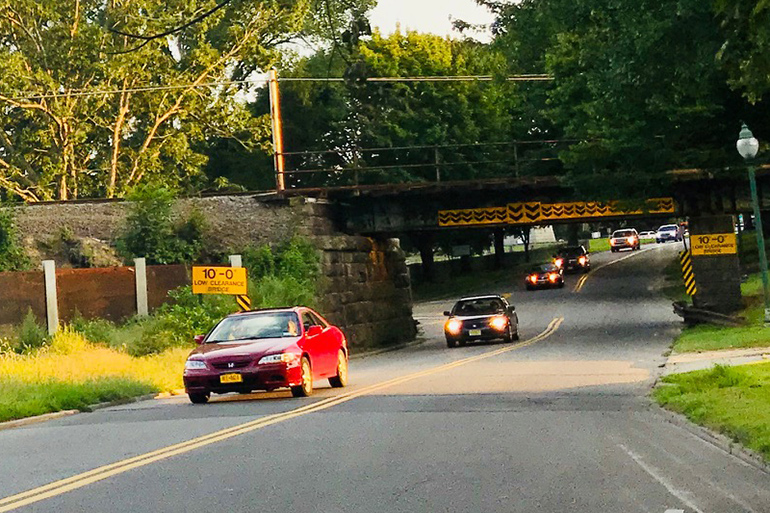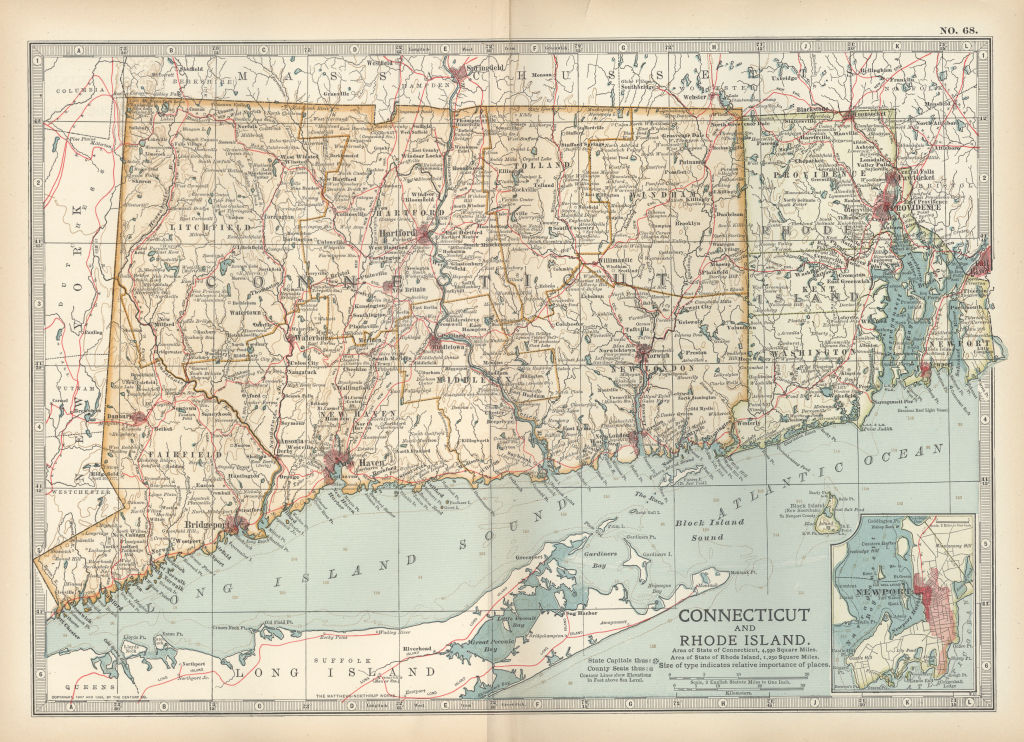The Party's Almost Over: East Hampton Overpass Raised so Trucks Avoid Hitting It

Every day for the last nine months, I have had the pleasure of watching the progress of a construction site that is a testament to the stupidity of man. I watch it in the morning when I go down Three Mile Harbor Road into town and I watch it again in the afternoon when I head back home the other way.
The progress is slow. I think they will still be at it next summer. What they are doing is raising a 400-yard stretch of railroad tracks three feet.
They want to raise the tracks three feet because they rest upon the top of a railroad bridge that crosses the road I drive on. The underside of this bridge is exactly 10 feet above the road. About 10 times a year, someone drives a truck slightly more than 10 feet tall either into the side of this railroad bridge or, in the case of “maybe we can make it,” wedged nastily into the underside of the bridge, where it grinds to a halt. They didn’t make it.
This has been going on every year as long as anyone can remember. Many a truck gets crumpled. Nothing has ever moved the bridge.
Years ago, there was just one warning sign on the road leading up to the bridge. Then, over the years, because the trucks kept hitting the bridge, the signs multiplied. Soon there were two, then five, then 10. None of it has made any difference. The Village kept score.

Trucks hit the bridge with the same frequency whether it was one sign or 10. Ten are there today, even though the beautiful and historic Hook Mill with its soaring wooden blades sits on a grassy triangle that backs up close to the western side of this bridge and the signs ruin the view of it from the road.
It’s kind of a sport for us locals.
“Hey, another one didn’t get under the bridge.”
“What kind?”
“A U-Haul.”
“Wedged?”

If it’s wedged, it means we can park by the side of the road nearby and walk over to see who was stupid this time. A U-Haul? Probably one of us other locals too cheap to hire a truck. They’ll be there, sitting in the cop car filling out the forms, too embarrassed to look up.
The first thing that happened after the Village approved the raising of the tracks on the bridge last March was that a construction trailer arrived and was set up on the side of the mound of earth that supports the tracks 10 feet up before the train gets to the bridge on the east side.
One morning the trailer wasn’t there. Later that day it was. As this is a steep slope up to the tracks above and the floor of the trailer has to be level, the corners of it closest to the tracks sat on short steel poles, while the two other corners sat on long steel poles. It looked pretty unstable to me.
Inside would be tables with architectural plans, chairs and lamps and phones and maybe a coffeemaker. Every few hours a train would rumble by up top, shaking everything.
About a week later, the trailer had been moved farther away from the tracks. Somebody must have said, what the hell did you put it on the side of the slope for? The next week, a five-foot-high stockade fence surrounded the trailer on three sides. There was a door in it. The slope was on the fourth.
Now you can’t see the goings-on by the trailer as you drive by. But you could see the goings-on from the train, if you looked down.
The next thing that happened was the arrival of a dozen woodsmen with chainsaws to take down the trees on both sides of the slopes for the full 400 yards. Sort of like having your hair cut before brain surgery. Neighbors living in houses on both sides of the slopes were horrified. Now there are no trees to block the view of the trains! The complaints got them nowhere. These slopes were on railroad property. Suddenly the homes were in sunshine. First time in over 120 years.
Next came huge six-foot steel panels slapped onto the sides of the slopes. With the tracks three feet higher up, the dirt walls will be thicker and the bottom will be wider. These panels will keep it together as the trains go by up top.
I think they could have left the tracks at the height they are now by making the bridge stronger and cutting the undersides of it higher. But they are not. You will sit in a seat on the train leaving East Hampton Station heading east and feel a rise as you approach the bridge, then a flat stretch across the bridge, then a slight drop down after the bridge. Hang onto your hat.
With that done, a truck will have to be 13 feet 1 inch to get stuck under the bridge. No truck is that high. Right? Nobody hauling something 13 feet up would get stuck under there. I do recall a time when some idiot towing a one-story house on a flatbed tried to make it under the tracks there.
Meantime, I look forward to seeing what happens next as I drive by. Soon there will be bulldozers and trucks full of dirt, cranes with railroad tracks and railroad ties, flagmen and laborers with hardhats and shovels. Across the street, Hampton Bagels will be selling a lot of bagels, coffee and donuts.
Maybe there will even be some full-grown evergreen trees put in where the old giant trees were—courtesy of preservationists, historians, environmentalists and some officials hoping to get re-elected—so you wouldn’t see the flash of steel behind Hook Mill as the train thunders by.
Finally there will be new yellow signs. “Clearance 13 Feet,” they’ll say. Maybe there will be a fewer of them on each side. That would be nice.




